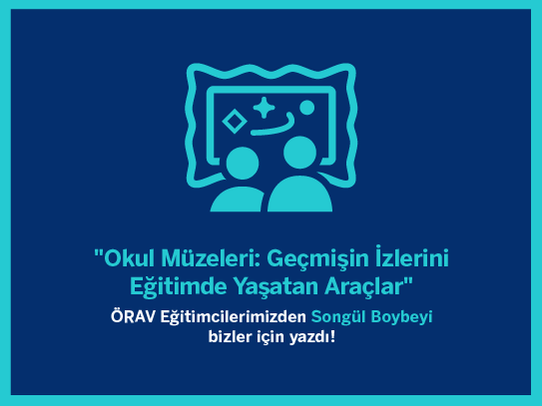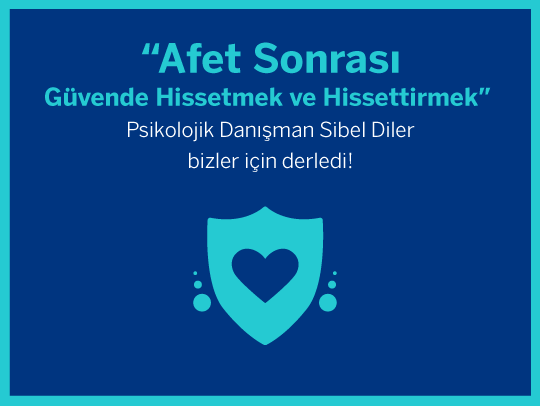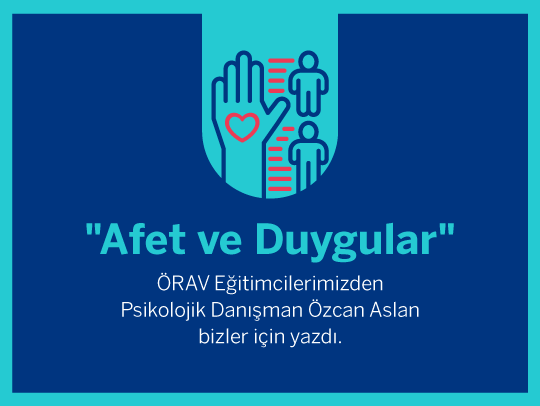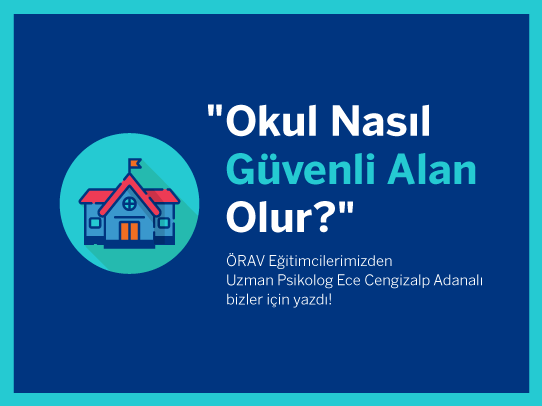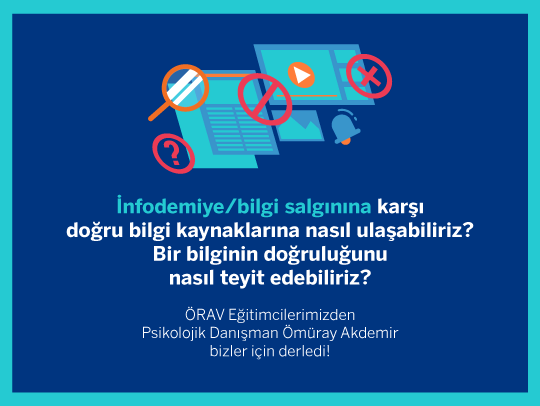27 February 2023
Accurate information saves lives in times of natural disasters, earthquakes and crises.
In natural disasters, a lot of information is shared quickly. People can share this information in good faith to help.
Unconfirmed information;
- May increase anxiety and panic.
- It may cause misdirection.
- It may negatively affect the effective use of resources.
- The fact that the information shared on WhatsApp and other media channels has been shared many times does not indicate that it is correct.
We can apply a five-step filter for this:
- Who created it?
- Where is it directed from?
- Why was it shared?
- What is it using to get my attention?
- What does someone else understand that is different from my understanding?
There are types of information disorganisation; not all misinformation is intentional. It may have been produced for different reasons in the days we live in;
- Mesinformation is unintentional and unintentional misconceptions.
- Disinformation is completely manufactured or deliberately manipulated audiovisual content. It may be deliberately produced conspiracy theories or rumours.
- Malinformation is the publication of private information for personal and company benefit rather than public interest.
- During natural disasters and crises, we encounter a lot of suspicious information.
These include
- Photographs shared claiming to be from the scene of the incident
- Click traps
- Whastapp messages
- Official documents allegedly leaked
- There may be distorted data.
- When we encounter such suspicious information, we can pay attention to the following:
- Does it appeal directly to our emotions?
- Are there links such as "Flash statement!" "Historical decision!"?
- Does it invite us to share more?
- Are there expressions such as "Warning!" "Confidential!" or spelling mistakes (especially in WhatsApp groups)?
- Official letters with top-secret and personalised wording?
